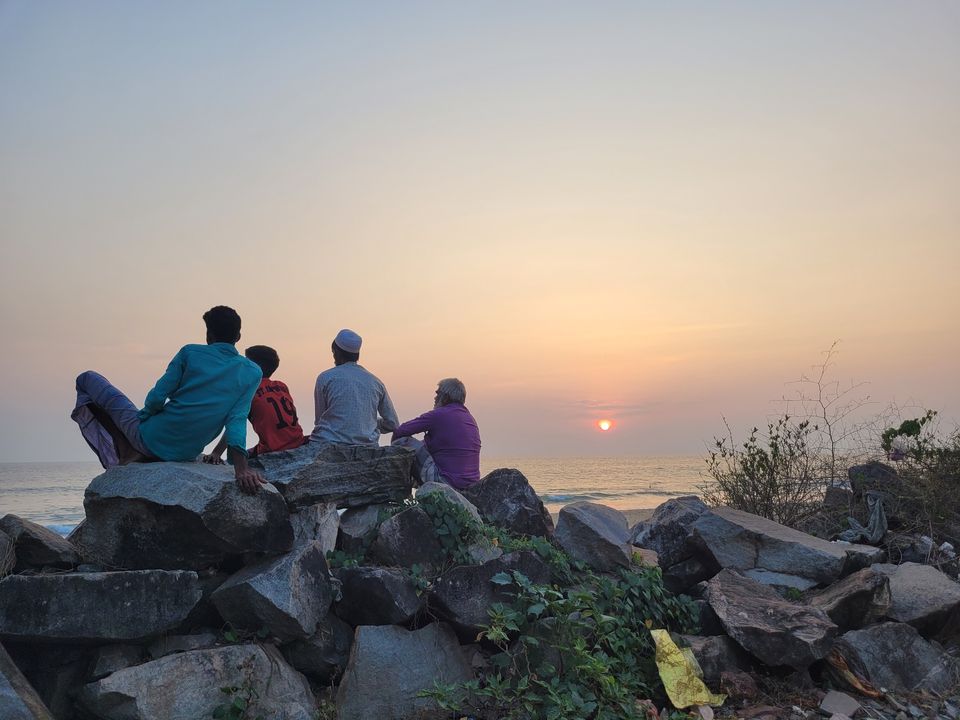#1 Welcome to my newsletter!

Hello and welcome to my brand new experiment — a fortnightly newsletter called Fishy Waters. Twice a month, every first and third Thursday, I will try to provide you with the latest updates and insights about everything that is happening on our vast coastline.
The coastline of India runs through 7,500 kilometers, covering nine states, and two island territories. The coast is a space that connects the land to the sea. A lot goes on here.
The newsletter intends to cover issues that impact ecosystems that exist along the coastline. India is gearing for an export-oriented model of growth. Exports and imports largely take place via ships, because freight transport is cheapest on water. It's economically more efficient to transport cargo on water, as opposed to, say, road.
But it is not just about a ship on water. It is an entire infrastructure that is built to make this a functioning system. A port is a land facility, constructed to transfer goods between water and land. It needs docks or berths where vessels can moor. It needs equipment to load and unload these vessels. It needs cargo storage areas. It needs an entire railway, road and/or pipeline network to connect cargo transport to the hinterland. Depending on its location, it needs continuous dredging activity to maintain a certain depth in the sea-bed, for vessels to come and go. What happens in such a scenario? Port limits are declared, indicating port jurisdictions on land and water. No fishing zones are created, often near the shore, and the traditional fishers are the first casualties. Communities living by the coast are displaced, because where else will the land for construction come from. Jobs are a myth. And the continuous dredging activity, among other things, destroy the biodiversity irreversibly.
The impetus of Sagarmala, a nation-wide port-led development model is geared towards building coastal infrastructure in the form of ports, harbours, seawalls and several other constructions that it promises will boost the economy of the country. But it does not take into account the instant displacement of coastal communities, and the destruction of local ecosystems on which the local fisheries economies depend.
Meanwhile, the national fisheries policy aims for big growth, but ignores the demands of indigenous, small-scale fishers. India is plugging in money for large-scale farming of seaweed. It is looking to invest in technology to aid deep-sea fishing. It is encouraging private investments in shrimp farming. On a global level, India is one of the largest producers and exporters of seafood in the world, but on the ground, fishers and fish-farmers are still struggling to earn a living. Big growth for whom?
And then of course, there is climate change – in an ever-present, shape-shifting form; looming in the background, accelerating the impact of an increasingly fragile system. There is a lot of muck in our oceans, and it is not just the pollution of plastic, sound and chemicals. The waters are murky, because access to real-time information of our oceans is limited. With this newsletter, I hope to demystify the murkiness a bit. I hope you will accompany me on this journey.

